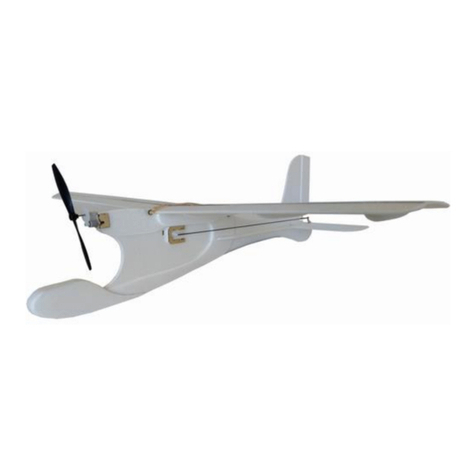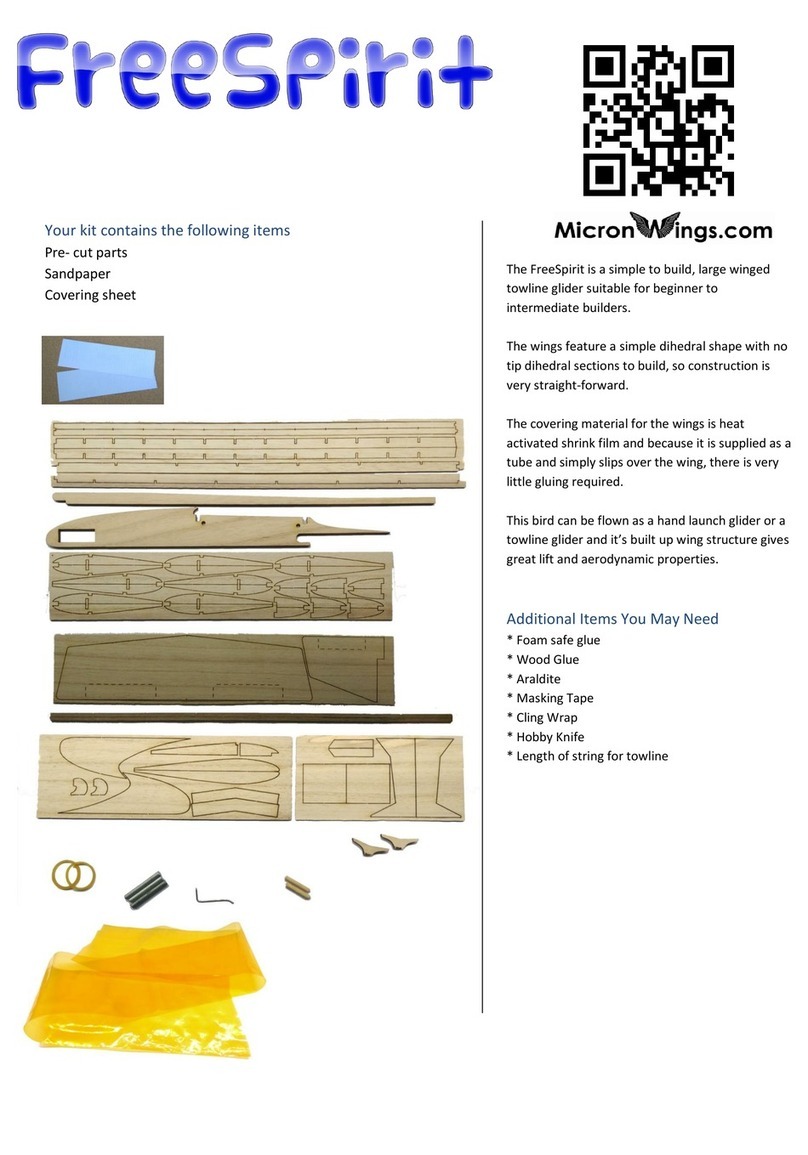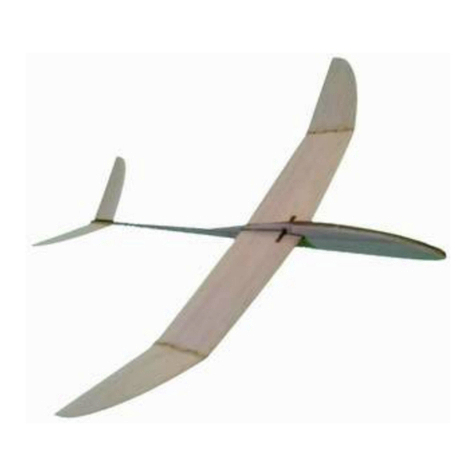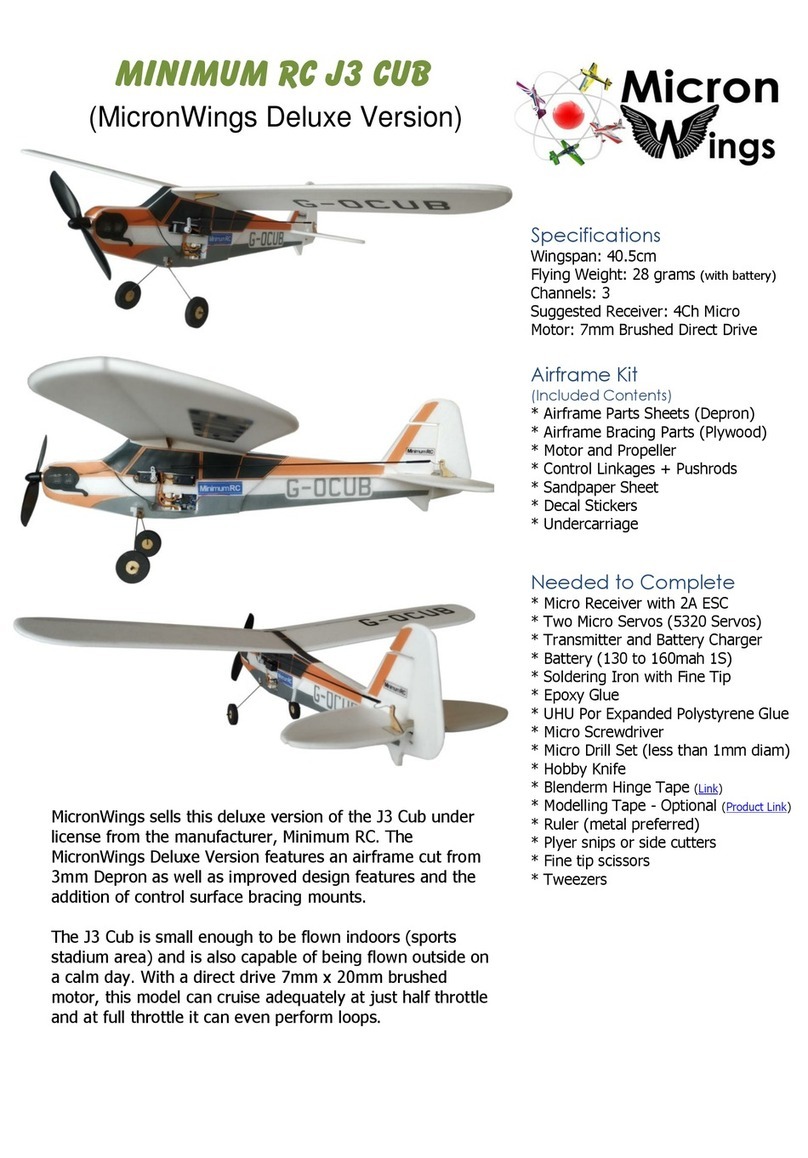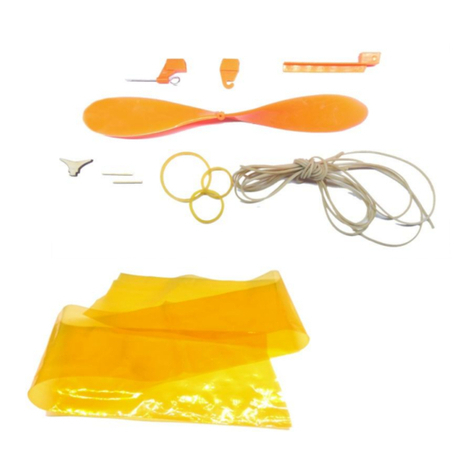Micron Wings Balsa Craft Kits LiteStick Manual
Other Micron Wings Toy manuals
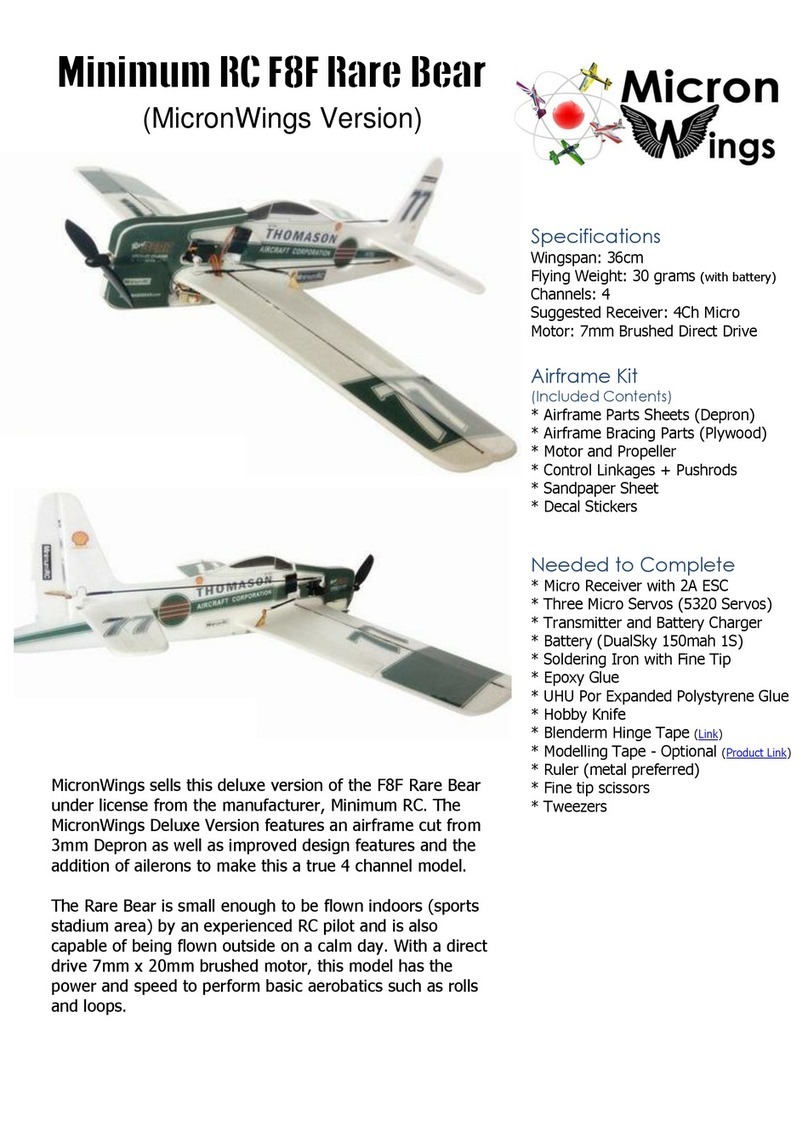
Micron Wings
Micron Wings Minimum RC F8F Rare Bear User manual
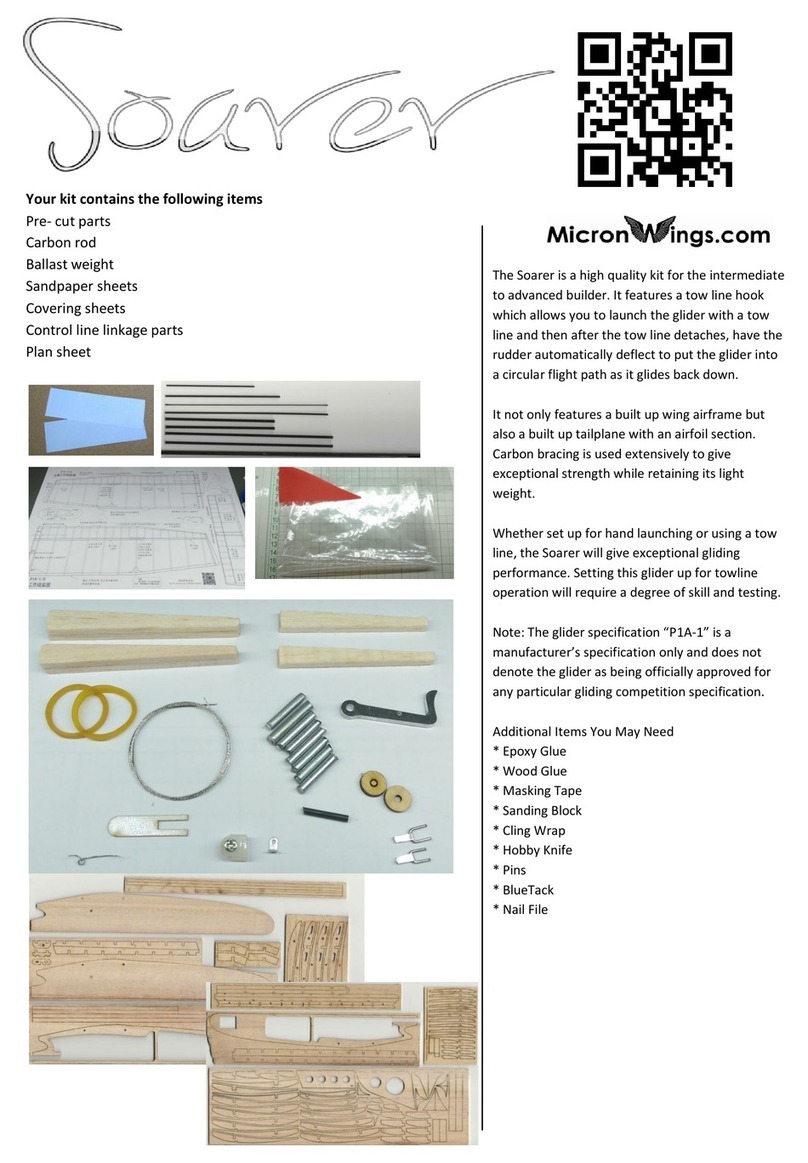
Micron Wings
Micron Wings Soarer User manual
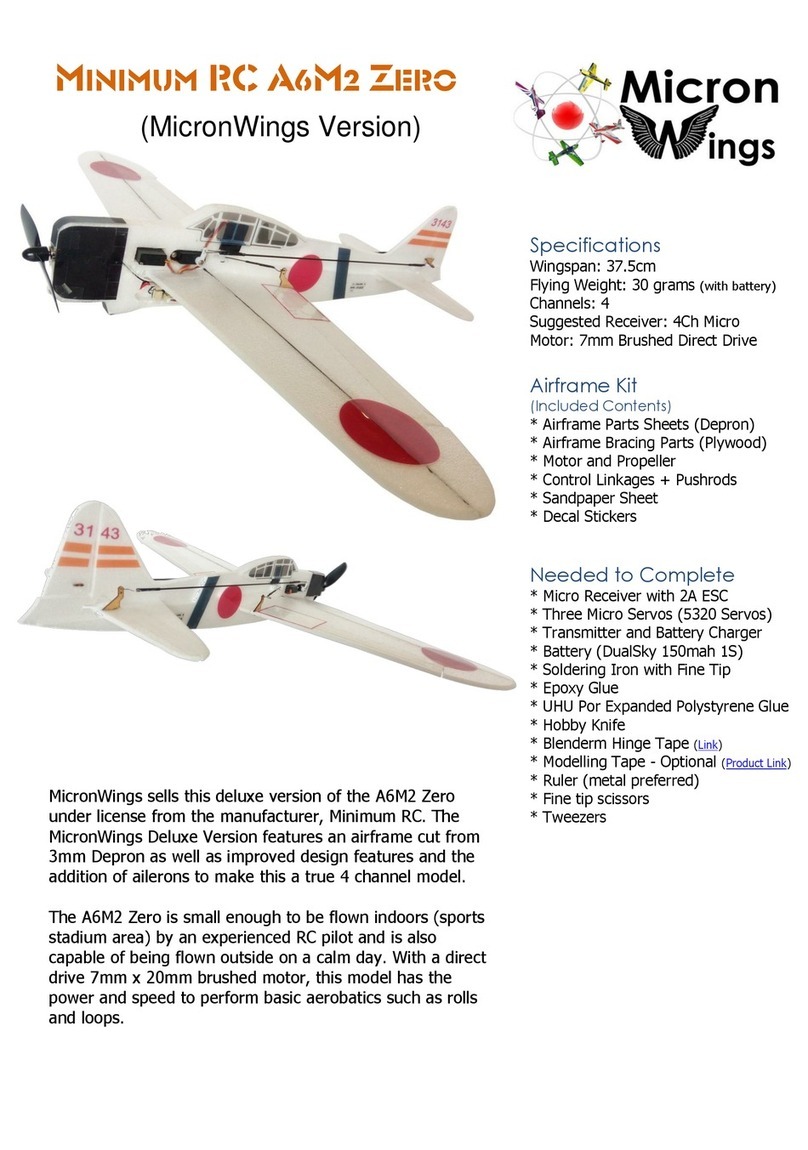
Micron Wings
Micron Wings Minimum RC A6M2 Zero User manual
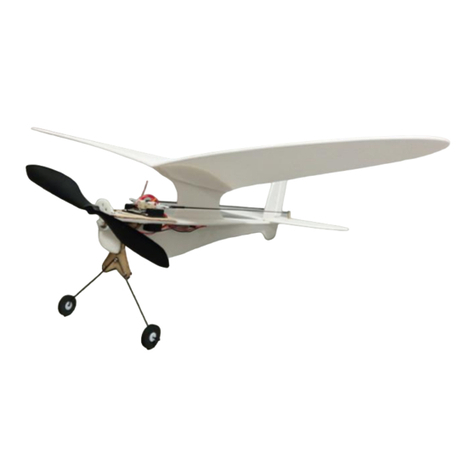
Micron Wings
Micron Wings Depron Bug Airframe Kit V2 Manual
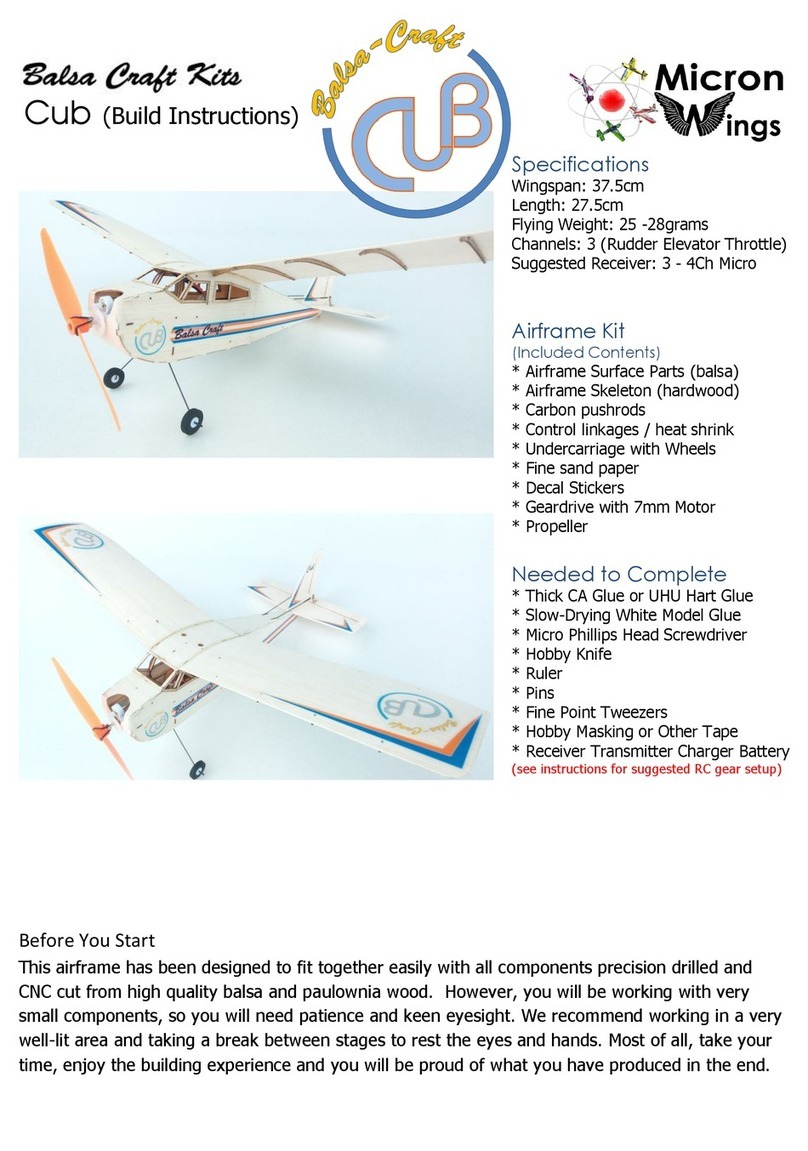
Micron Wings
Micron Wings Balsa Craft Cub Manual

Micron Wings
Micron Wings Ezee Flyer User manual
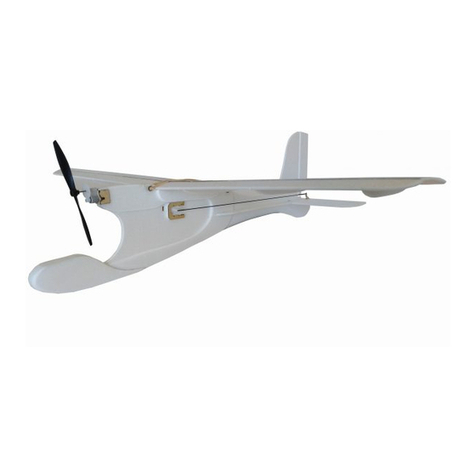
Micron Wings
Micron Wings Student Flyer User manual
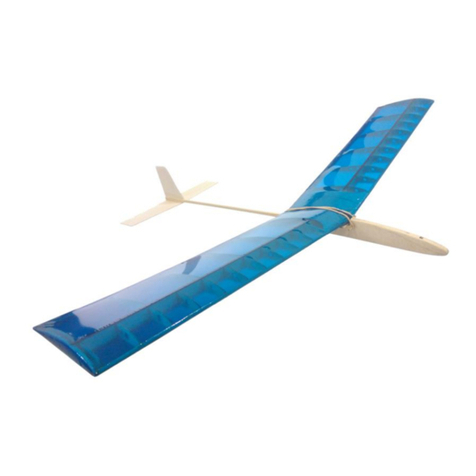
Micron Wings
Micron Wings Falcon User manual

Micron Wings
Micron Wings Sopwith Pup Manual

Micron Wings
Micron Wings Balsa Craft S.E.5a Manual
Popular Toy manuals by other brands

FUTABA
FUTABA GY470 instruction manual

LEGO
LEGO 41116 manual

Fisher-Price
Fisher-Price ColorMe Flowerz Bouquet Maker P9692 instruction sheet

Little Tikes
Little Tikes LITTLE HANDIWORKER 0920 Assembly instructions

Eduard
Eduard EF-2000 Two-seater exterior Assembly instructions

USA Trains
USA Trains EXTENDED VISION CABOOSE instructions
